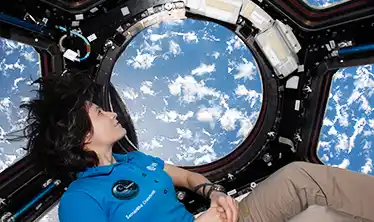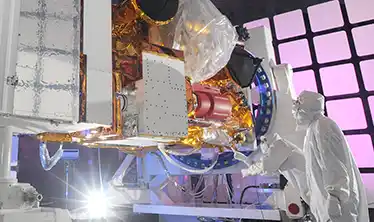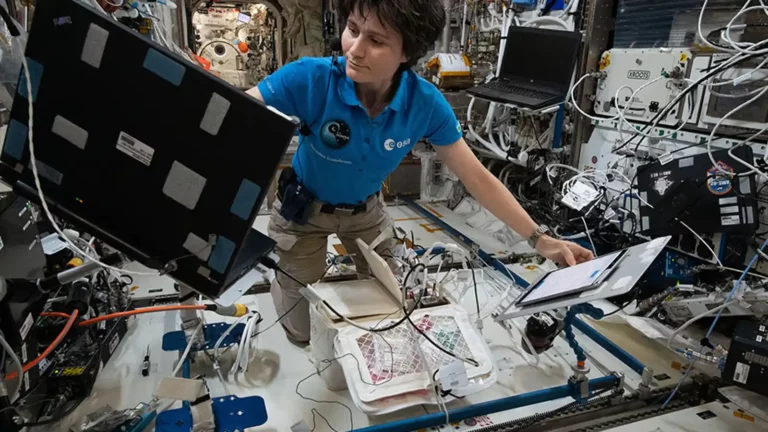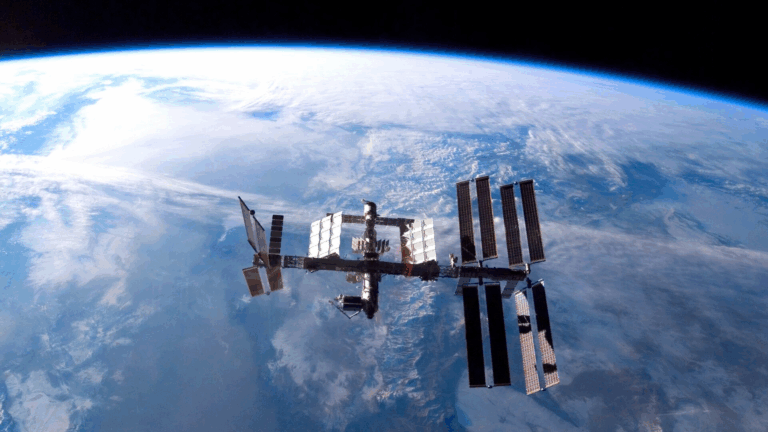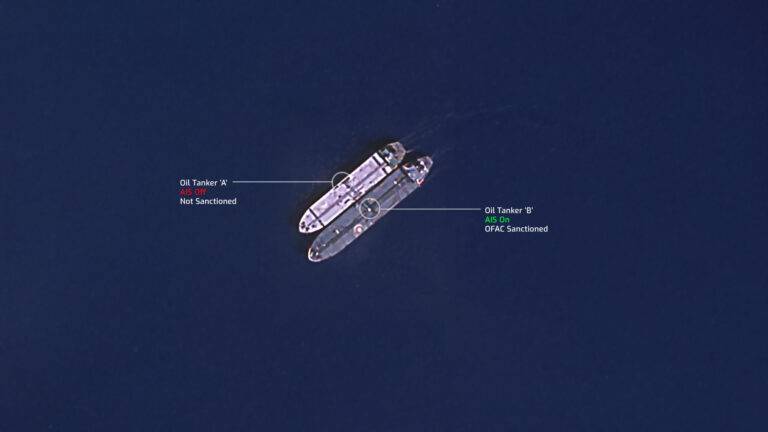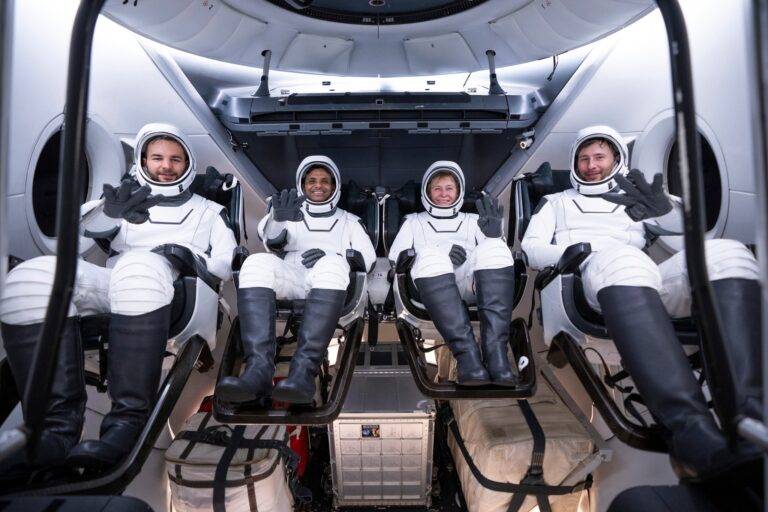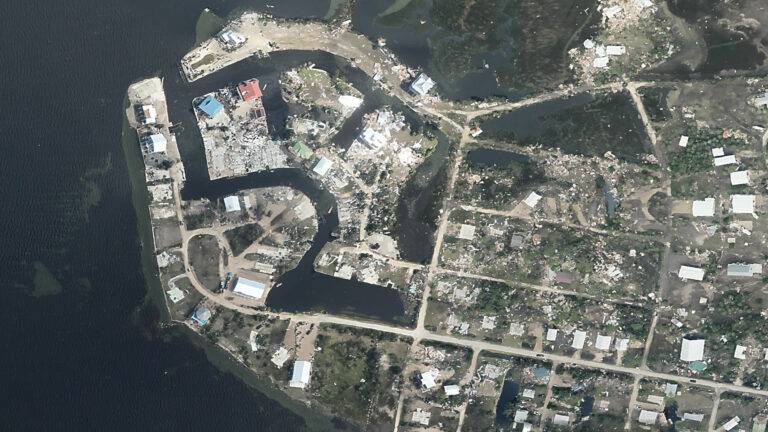Skytek has commenced, in partnership with Airbus Defence and Space (Bremen) for ESA, the Assessment of Assembly, Integration and Testing Software (AIT) Support System for ESA Science Missions project.
Currently, many of these existing AIT systems for have reached or are reaching their end of life. The systems are often using old software technologies and hardware platforms that are difficult to modernise. Skytek and Airbus D&S will analyse the capabilities of the emerging EGS-CC infrastructure and test procedure standards emerging from the automotive industry and how these can be used within future AIT ESA Science Mission projects.
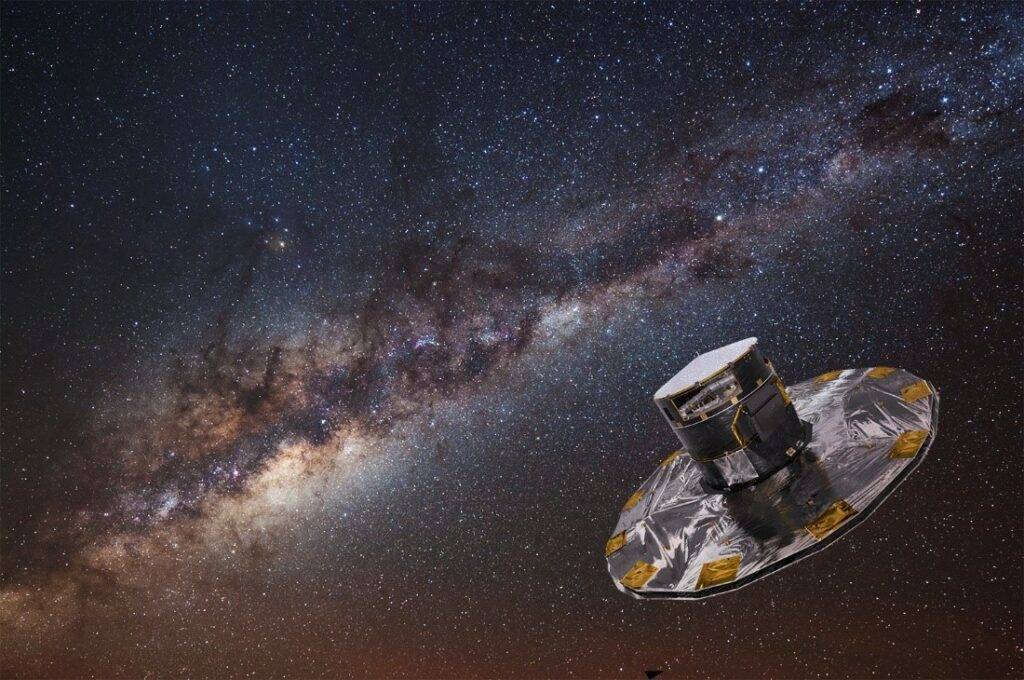
The project results shall be demonstrated using the GAIA space mission test bench. GAIA is an ESA space mission that is part of the Cosmic Vision Plan.
ESA has the Cosmic Vision plan consists of a number of ‘Science Questions’ to be addressed in the course of the 2015-2025 decade. The Cosmic Vision plan features medium class M-missions and L-class flagship missions to answer questions such as:
M-missions and L-class flagship missions to answer questions such as:
- What are the conditions for planetary formation and the emergence of life?
- How does the Solar System work?
- What are the physical fundamental laws of the Universe?
- How did the Universe originate and what is it made of?
GAIA was launched in 2013 and its mission aims at carrying out absolute astrometric measurements with unprecedented accuracy for about one percent of the stellar population in the Milky Way (1 billion stars) using a wide-angle technique.
